Since its launch in 2013, Warframe, developed by Digital Extremes (DE), has been a perennial game in the field of free multiplayer action shooting. Previously, its Steam Asian server DAU repeatedly exceeded 100000, and this autumn, due to the release of the “The Vallis Undermind” version, the number of international server online users has increased by 40%.
The core player group of Warframe calls themselves “rats and mice”, which originated from an official humorous announcement during an early server failure: “It seems we need more hamsters to generate electricity”. This statement was ridiculed and used by players, eventually evolving into a self proclaimed community.
Warframe is also called by some players as the “Canadian Genshin Impact” due to its rich playing methods. Recently, the official accounts of “Collapse: Star Sky Railway” and “Warframe” have actively interacted on foreign social media, and the content has been sorted and sent to Bilibili, which has sparked a wave of cross community discussions.
On October 14th, DE launched a “Developer Interactive Diary” column for Chinese players, featuring creative, community, and other team members participating in discussions. The official statement states that this column will be updated for a long time to showcase development progress to the Chinese community and respond to player feedback. This means that Warframe began to establish a communication mechanism with local players in a fixed form, rather than relying solely on version announcements or ad hoc interviews.
Nowadays, Changqing Games have become a focus of attention in the industry, and various manufacturers hope to create long-term products that have been in operation for more than ten years. Warframe is naturally a good reference case. Despite the constant emergence of similar products and youthful themes (such as the recent release of “Double Helix” which some players consider Warframe like), Warframe continues to adjust its pace, retaining familiar experiences for old players while making it easy for new players to get started.
Recently, coinciding with the 10th anniversary of the Chinese version of Warframe, Grape Jun and the creative director of Warframe, Rebecca Ford, talked about how they can keep a game that has been in operation for 12 years vibrant? What are the creative considerations and strategic ideas in the design of new armor, skins, and missions?
In the interview, DE demonstrated the complete process from live interaction to community feedback, and finally to the implementation of the content. Taking the appearance of Wukong’s national style as an example, the team shared how to find a balance between sci-fi style and Chinese elements, while optimizing the experience for new players, reflecting the sincerity and dedication of the official’s continuous investment in long-term operation.
The following is a summary of the interview content, which has been adjusted for ease of reading.
01
Behind the live broadcast
Grape Jun: In the recent developer live broadcast, what was the key point that the team wanted to convey to players the most?
Rebecca: We showcased many new gameplay and action content this time, but we believe that live streaming is just one way to present new content. The core message we want to convey the most is still: we are listening to the voices of players.
Every live broadcast is an opportunity to communicate with players. We personally showcase the content, and the barrage reflects players’ feedback and experience. This is an important channel for collecting opinions and adjusting the game.
For this update, we hope that both new and returning players can understand that the content is aimed at everyone. The new mission mainly helps new players master the Mod system, while also including narrative content that players can understand.
The new character Nokko requires a certain amount of accumulation to obtain, but it is easy to get started, the gameplay is interesting, and all players can obtain it through the mall. This update can be seen as a relaxed and entertainment oriented attempt before the release of ‘The Old Peace’.
Grape Jun: This time, we designed a deep mining map. What player experience did the team mainly consider in the gameplay design?
Rebecca: In the update of “The Valley of Wisdom”, players need to complete the “The New War” mission to enter the deep mine.
Since this is a post game content, we do not need to consider the novice experience separately. Therefore, in terms of design, we mainly focus on the fun of the gameplay itself, while strengthening the themes of fungi and mushroom ecology, allowing players to feel a novel and different gaming experience from the past – which also lays the foundation for the heavier plot in the subsequent “The Old Peace”.
Grape Lord: In this autumn update, The Teacher mission has redefined the novice experience. Why did you decide to do this at this point in time?
Rebecca: Rather than redefining the novice experience, it’s more about making the novice process smoother and easier to get started with. The starting point for this adjustment still comes from community feedback and data analysis.
The data clearly shows where new players will encounter difficulties in the early stages of Warframe. Combining developer live streaming, developer newsletters, forums Discord、 We can determine which aspects need to be focused on and optimized based on feedback from social media and other channels.
Over the past year, we have been continuously optimizing the novice experience, and our collaboration with Sumo Digital has enabled these improvements to be implemented more deeply and systematically.
As for why we chose to push for updates now, the reason is simple: we want to make the game more friendly to all players, and at the same time, the team has enough manpower and resources to complete this iteration.
Grape Lord: In the MOD teaching system of ‘The Teacher’, how do you ensure that new players can truly master complex mechanisms? What was the biggest creative challenge when designing this task?
Rebecca: The biggest challenge of this creation is balancing the benefits for beginners while avoiding boredom for returning players who are already familiar with the Mod system and have explored gameplay on their own. Our goal is to make this task accessible to everyone.
However, the priority is very clear, first and foremost, it is to help new players understand the system and learn strategies for optimizing weapons and equipment.
At the same time, returning players also need to feel that the content still has value for them, rather than wasting time, and can meet their later needs.
This design may not be perfect, but the narrative and task rewards to some extent make up for the experience. Returning players can have a clearer understanding of Teshin’s position in the Warframe storyline, and as new players gradually advance towards the main storyline, they will also gradually understand the complete narrative and worldview in the future.
Grape Lord: The new skin of Wukong is a redesign of a Chinese mythological character. What cultural considerations did the team have during the design process? Have you considered feedback from Chinese players to avoid cultural misunderstandings?
Rebecca: Our goal is to pay tribute to the mythological origins of Wukong, respect Chinese culture, and ensure consistency in the artistic style of Warframe.
The original version of Wukong referred to the highly representative image of the “Great Sage” in Chinese literature, and in this new appearance, we attempt to extend it on this basis and create more innovative designs that reflect the continuation of its spirit.
The Tiandi Sun&Moon Skin emphasizes the harmony of yin and yang coexistence, while the Immortal Breath Sugatra pendant symbolizes enlightenment.
During the design process, the team maintained close communication with multiple Chinese partners and combined community feedback and opinions from employees with Chinese cultural backgrounds to jointly create the final image that players see in the game.
02
Exploration is the greatest pleasure
Grape Lord: The creative inspiration for Nokko’s armor is mushrooms. What is the creative concept behind it? What kind of fun do you most want players to experience during design?
Rebecca: ‘Bottom of the Valley Wisdom’ is an attempt to ‘take fun to the extreme’. This update revolves around mushrooms, and Nokko is essentially a playful “fun guy (fungi)” set like Yareli’s mischievous younger brother.
In reality, the communication mode of mushrooms is closer to animals than plants in biology, which provides great space for art and skill design.
In terms of player experience, we always prioritize exploration. Warframe encourages players to experience the world at their own pace, and exploration itself is a reward.
Some players may be attracted by Nokko’s gameplay, some may find The Teacher missions the most rewarding, some may immerse themselves in the gameplay of new bounty missions, or focus on collecting mushrooms to record logs, while others may simply be attracted by the overall art.
Grape Lord: Has the skill mechanism of the 62nd Armor been balanced and adjusted for players’ common strategies?
Rebecca: When designing Nokko skills, we first consider fun and thematic expression. We hope this is a battle armor that is intuitive to use and easy for all players to experience.
The colony setting also provides the team with space to unleash creativity, and we need to consider areas of balance, more importantly, reminding ourselves not to overfit.
When a good idea comes up and the team atmosphere is good, it is easy to do more and more. The real challenge is actually to stop and find a middle ground that is both unique and not overly expansive.
Grape Lord: What factors do you usually consider when designing new armor and gameplay?
Rebecca: The core of Warframe is power fantasy in science fiction, so fun always comes first.
But the new content must match the current game tone and visual performance, and also stand out among the existing large number of unique armor. As the number of armor increases, this will indeed become more challenging.
At the same time, we will also assess whether the skill mechanism is intuitive enough and whether deeper strategies are needed to be effective. In addition, there are also narrative factors. Every armor needs to have its own identity and meaning in the narrative of the source galaxy.
All these elements need to coordinate and fit together, but of course, the premise is still to make players feel fun.
Grape Lord: Did this update specifically refer to the practices of other games in the same category when designing armor, maps, and storylines?
Rebecca: Our inspiration comes from a wide range of sources, not limited to any particular type of work. Because our team members include players, movie fans, book lovers, music enthusiasts, dance and performance enthusiasts, etc.
The core of creation is to establish connections by touching the emotions of players. We will not specifically name the objects of reference, but we do pay attention to other games and draw inspiration from entertainment forms such as movies, books, music, etc., without being limited by a single source.
Grape Jun: In the creative stage, how do you motivate the team to translate personal interests and passions into specific gameplay or character designs? Do you have any internal stories to share?
Rebecca: We believe that good ideas can come from anyone, anywhere. In terms of gameplay or character design, we don’t just follow one person’s ideas.
Collaboration is always the most effective way, but the premise of collaboration is that everyone feels they have a say. We encourage both interns and experienced designers with decades of experience to express themselves freely. This open mindset also aligns with our creative philosophy: exploration is fun.
03
The power of local cooperation
Grape Lord: What specific support did the Chinese partners provide in the update of “The Valley of Wisdom” and the design of Wukong’s new Haopi?
Rebecca: Our Chinese partners help us grasp cultural tastes while evaluating the impact of promotional activities and communication initiatives in the region.
For example, we prioritized releasing a teaser for the luxurious appearance of Wukong in China to resonate with players.
Through collaboration with our Chinese partners, we were able to incorporate exquisite cultural elements into the design, resulting in a final image that respects mythological prototypes while also fitting the overall style of the game.
Grape Lord: What specific suggestions did the team adopt?
Rebecca: They put forward many specific suggestions, including adjusting the appearance materials, controlling the overall art style, and trying the appearance of the Red Sun&Moon weapons. These opinions directly affect the final presentation, ensuring that the design is both innovative and meets player expectations.
Grape Lord: What do you think the Chinese cooperation has done for the development of DE in the country and the improvement of player experience?
Rebecca: This collaboration is centered around community spirit and aims to establish genuine connections with regional players, making them feel that we are listening. We have increased communication with players through developer videos, live streaming, and other community channels.
This is not specifically aimed at improving the experience of players in a certain region, but to let players know their importance, and at the same time, let them know that we will listen carefully and adopt their feedback.
04
The Past and Future of Warframe
Grape Lord: What specific impact did your past experience as a community manager have on the decision-making for this update?
Rebecca: After 12 years of developing Warframe, we have a clearer understanding of what is fun and what is not. But when iterating and updating content, we are still prone to getting stuck in the details of development and deviating from our goals.
Past community management experience may not have directly influenced the key decisions of this update, but as communicators and developers, it does give us reason to continue using our existing work methods – we know that players value the “one-on-one” interaction we strive to establish, which is also the direction we will continue to work towards.
Grape Lord: Has there ever been a design update that was completely changed due to community feedback? Can you share a case study?
Rebecca: “Duviri Paradox” may be a good example in recent times, but we did not completely overturn the design. Instead, we adjusted its presentation position in Warframe to make it more in line with the overall game design.
Simply put, we initially thought that providing a fun early experience for new players was enough, but after receiving feedback from players, we began to reconsider and place the content in a more suitable location.
Grape Lord: What observations or judgments do you have about the future development trend of this category?
Rebecca: We have a clear idea of which methods are effective. The design concept centered around the community and centered on fun and exploration will continue to guide the development of the game.
There is no universal formula for running a successful game in the long run, and it is difficult to completely escape the influence of economic fluctuations and popular trends. We will continue to adhere to effective practices while preserving the space to try new things.
Grape Lord: Regarding the content planning for the next decade, how do you ensure that new players can have a good experience whenever they join?
Rebecca: There is no simple answer to this question, but we will look for future directions from past experiences.
The recently launched mission of ‘The Teacher’ is a self-examination: whether we have truly helped players or unintentionally increased their burden when adding new content and features.
Our goal is to make the game more complete with every update, and this principle will continue to be maintained. For example, at this year’s TennoCon, we announced a visual remake plan for Operator and Drifter, hoping that the game will meet the expectations of current players in terms of both visuals and gameplay.
For us, it is very important to show players that their opinions are valued and responded to.
05
The next decade
After chatting with Rebecca and comparing this update, we can see that the direction of Warframe is very clear: long-term operation is not about solving problems with a single major update, but more importantly, allowing new players to participate at any time and keep playing.
The increase in online users this time may not only be due to the attractiveness of new maps or armor, but more importantly, the clarity of novice teaching, smoother task connection, and the careful collection and response of player questions.
The team has always emphasized the importance of making players truly feel heard, which may also be a main thread supporting the 12 year operation of Warframe. Players who are new to gaming often feel that the system is complex, but when the learning cost is reduced, the process is smooth, and they can truly feel their voice being heard, the possibility of staying naturally increases.
For a game that has been in operation for over ten years, this persistence is admirable: the team transforms player feedback into a fixed process of collection, response, and execution, which makes gameplay updates more transparent and predictable. Looking back at the 10th anniversary of the Chinese server, this stable investment may be more able to support the game’s continued activity in the next decade and be remembered by some players than any explosive content.



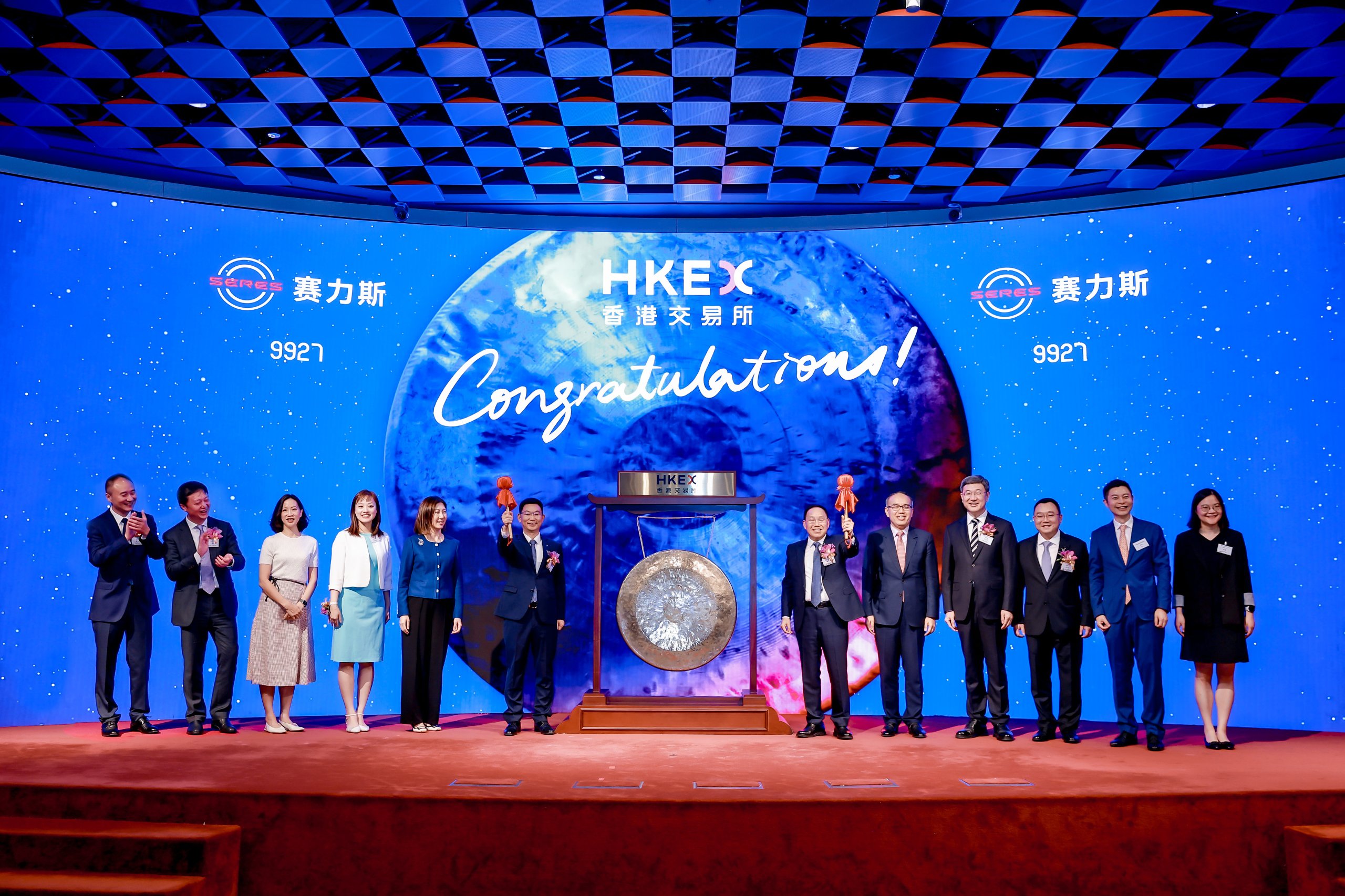



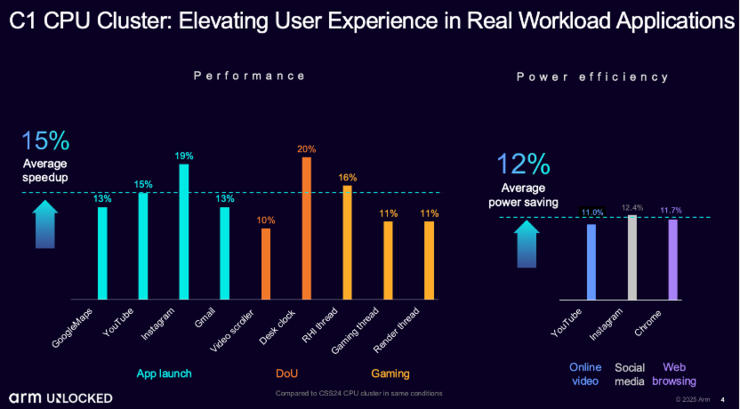
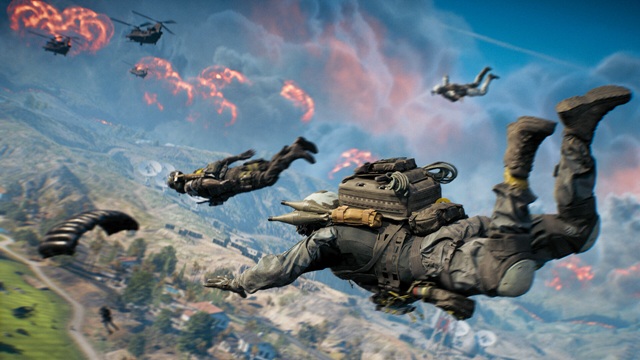
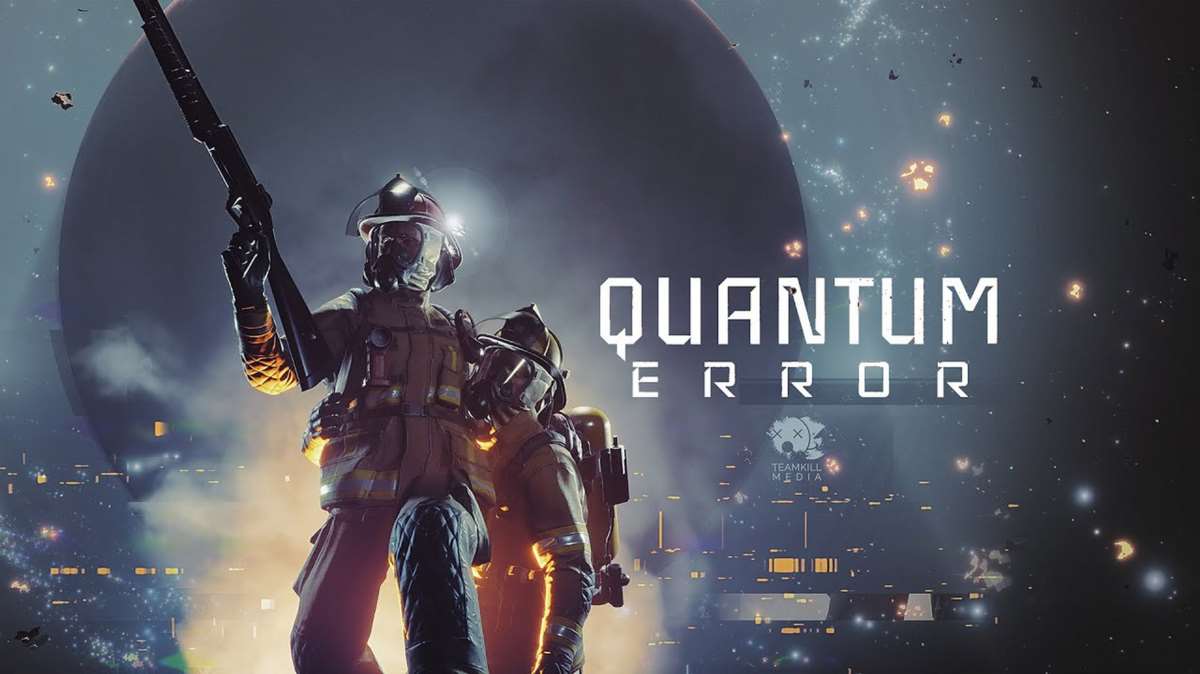
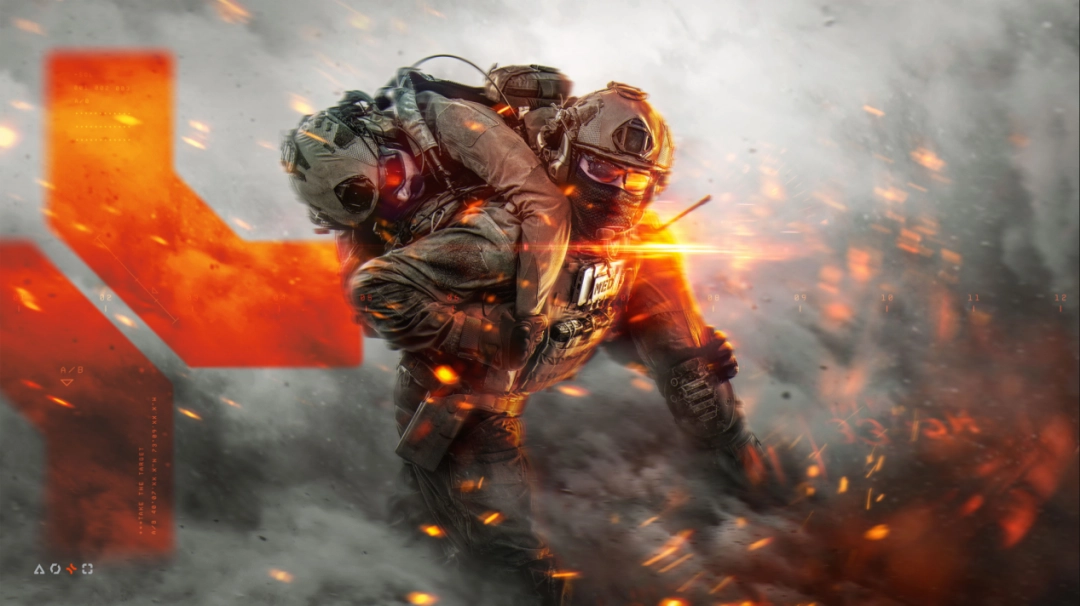







暂无评论内容